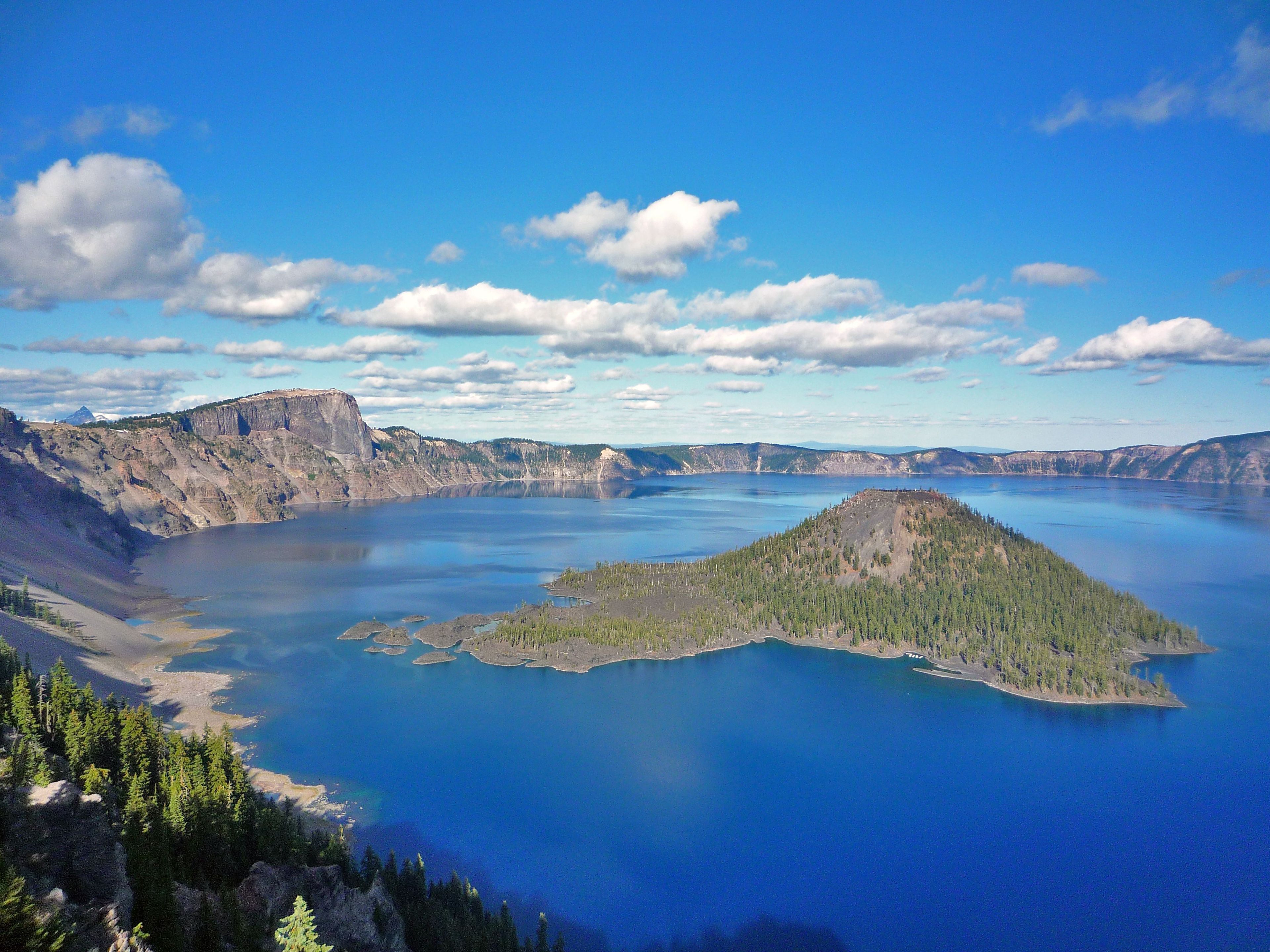Crater Lake inspires awe. Native Americans witnessed its formation 7,700 years ago, when a violent eruption triggered the collapse of a tall peak. Scientists marvel at its purity: fed by rain and snow, it’s the deepest lake in the USA and one of the most pristine on earth. Artists, photographers, and sightseers gaze in wonder at its blue water and stunning setting atop the Cascade Mountain Range.





Crater Lake National Park
Area
Additional Information
Good For
Activities
Car - Summer (May 22 - October 31)
Entrance fee is $30.00.
Admits one private, non-commercial vehicle (15 passenger capacity or less) and all occupants. Valid for 7 consecutive days.
Weather
Summers at Crater Lake are short but sunny. July, August, and September are your best bets for warm, dry weather. In May, June, and October, sunny days alternate with periods of rain and snow. Winters at Crater Lake are long and snowy. Storms from the Pacific Ocean dump an annual average of 43 feet (13 meters) of snow at Park Headquarters. The park's tremendous snowfall is a result of its position at the crest of the Cascade Mountains.
Directions
From the west (Medford) - Take Hwy 62 to the West Entrance. Open year-round. From the south (Klamath Falls) - Take Hwy 97 north to Hwy 62 to the South Entrance. Open year-round. The North Entrance is on Hwy 138 and is accessed from Interstate 5 east at Roseburg or Hwy 97 south from Bend and Chemult. Winter travelers from Roseburg take Route 138 east to Route 230 south to Route 62 east to the park's west entrance. Travelers from Bend take Route 97 south to Route 62 to the park's south entrance.
Overview
Lat/Lng
42.92880, -122.13429Size
182544.44 Acres
Contact Information
Stewardships
 Owned byNational Park Service
Owned byNational Park Service In Partnership WithNational Association of State Park Directors
In Partnership WithNational Association of State Park Directors